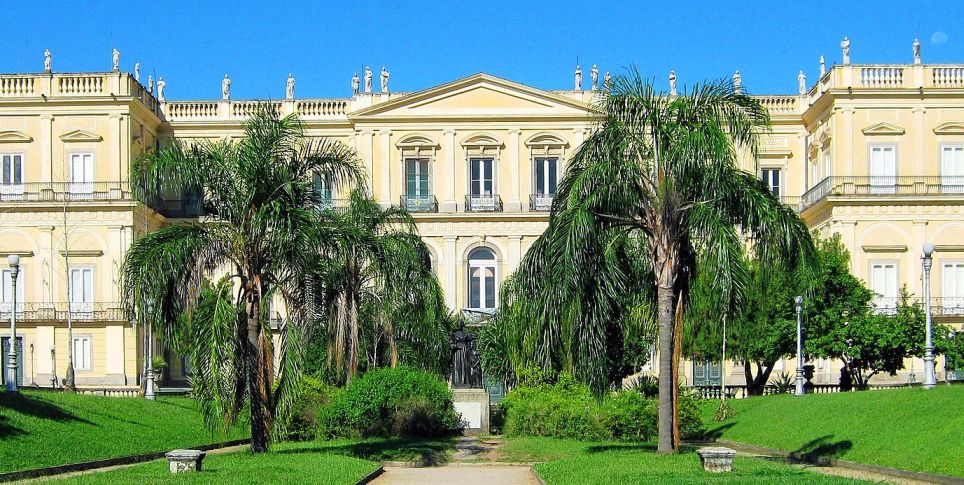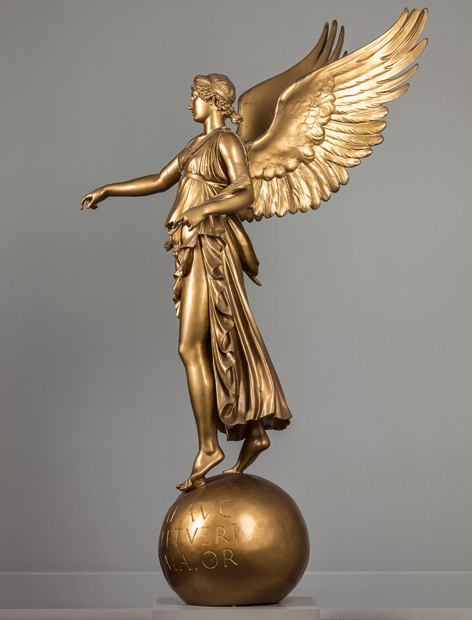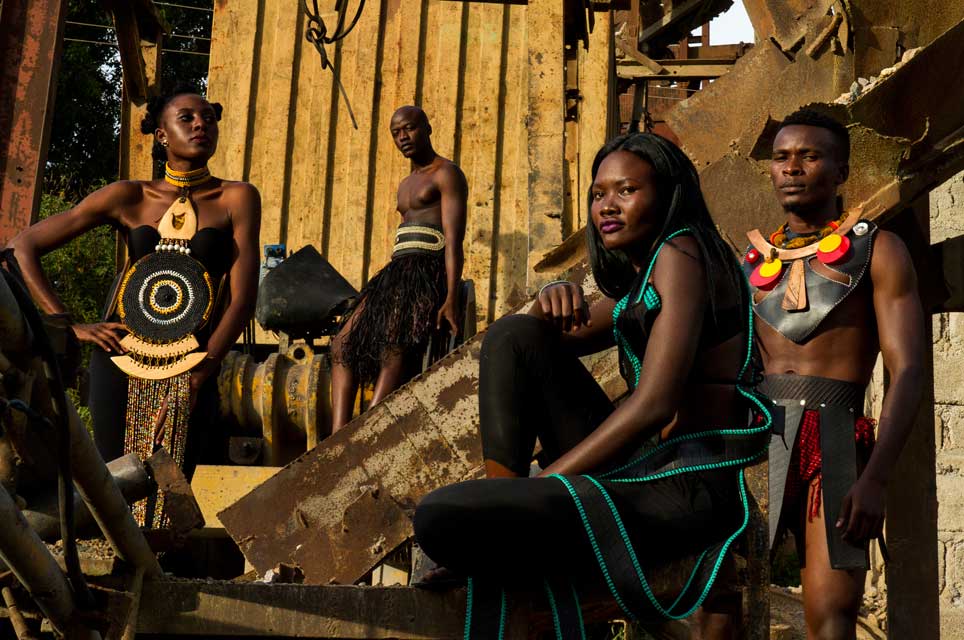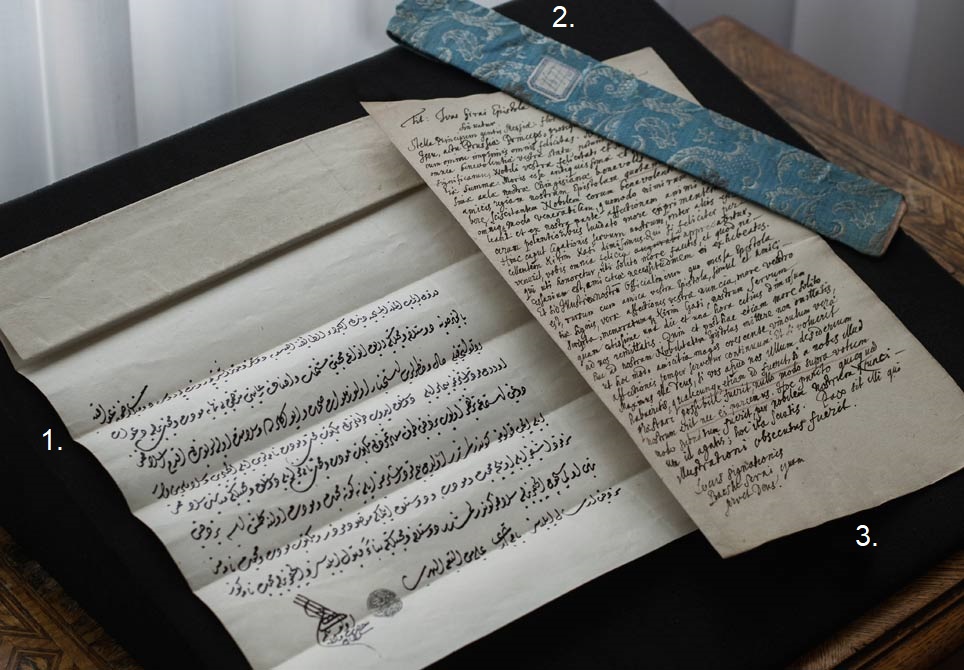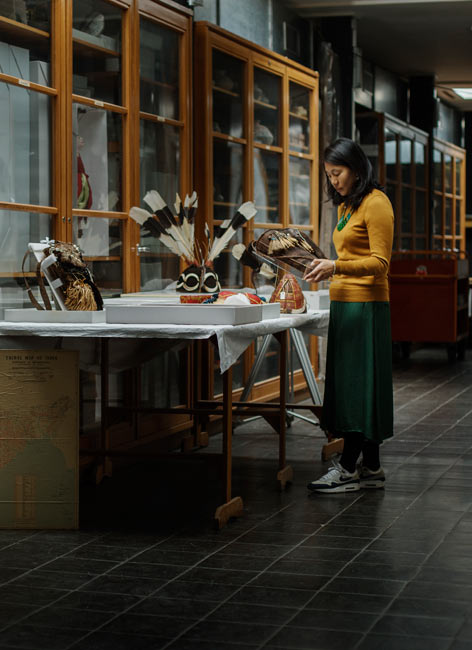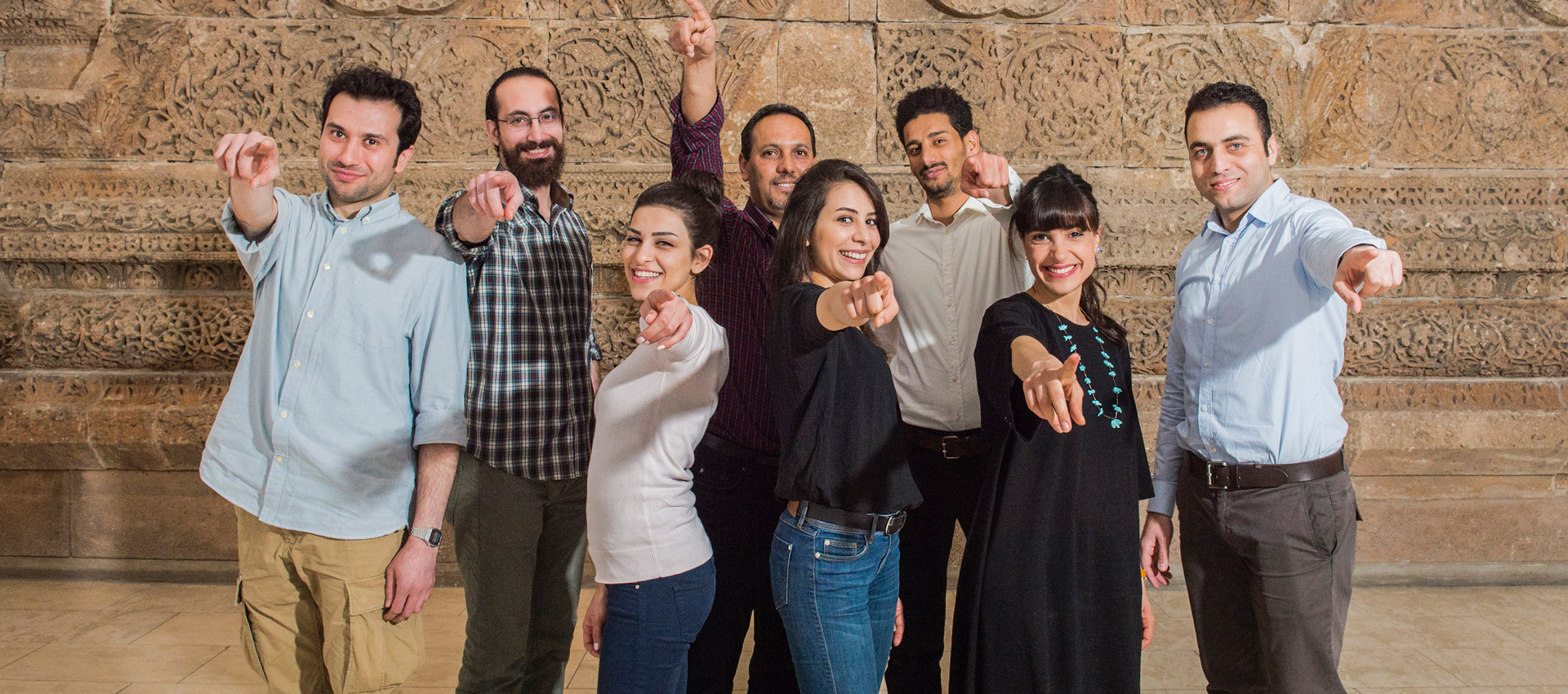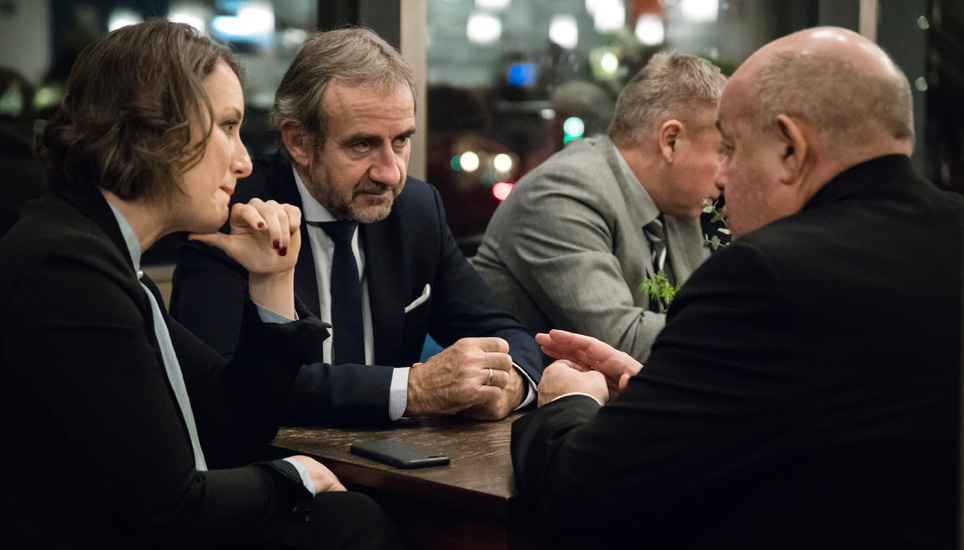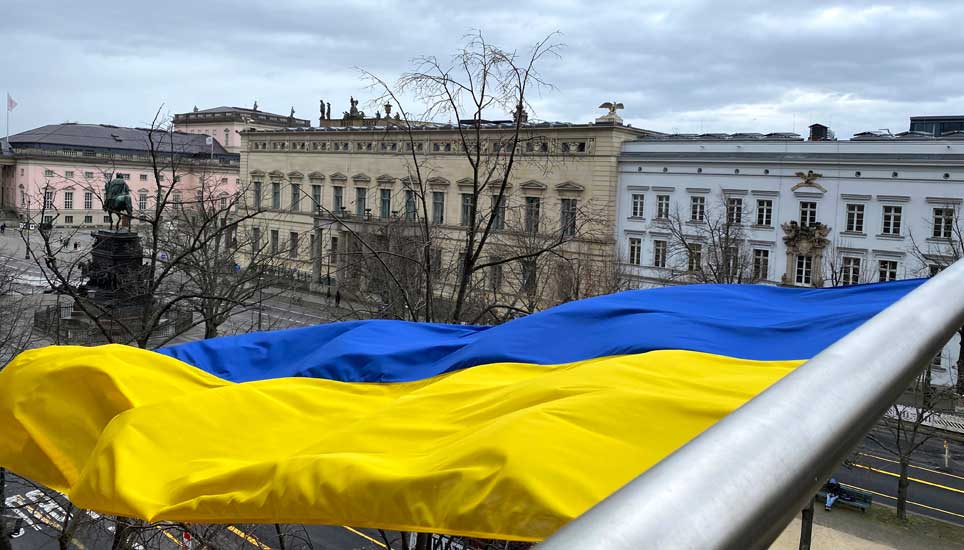How we revive knowledge about historical objects from Namibia in the Ethnologisches Museum and learn from our Namibian cooperation partners
After objects were collected in colonial – and often traumatic – contexts and brought from Namibia to the Ethnologisches Museum (Ethnological Museum) in Berlin, they often lost their original meaning. A cooperative project between the Museums Association of Namibia (MAN) and the Ethnologisches Museum in Berlin is currently attempting to revive knowledge about these objects and understand their histories better. Cynthia Schimming, an expert from MAN, explains the history behind one of the objects in the storage area.
"The Ekori is a headdress that Ovaherero women used to wear before colonial contact. It was crafted out of leather and embellished with iron beads and intricate leather stitching. The Ekori was part of a fashion ensemble consisting of a headband usually worn together with a beautifully crafted cape, necklaces, armlets and leglets, all adorned with iron or ostrich shell beads.
Contact with missionaries in the late nineteenth century changed this kind of fashion. They introduced Victorian-style dresses and forbade women to wear leather on pastoral grounds. Missionaries also considered the form of the Ekori, which symbolized the horns of cows (the main source wealth of the people) as a symbol of the devil and rejected it. To make things worse, the genocide committed against the Ovaherero and Nama from 1904 to 1908 by the Germans meant that a whole generation of craftspeople and artists were no longer able to transmit their knowledge to the next generation. The survivors of the genocide often sought refuge near missionary stations and slowly but steadily they created a new form of traditional dress: the dress that we as Ovaherero wear today. Instead of leather, the artists started to use textiles to craft their garments. In this process, the Ekori also got a new name, Otjikaiva, literally meaning “headgear made from fabric”.
Despite these ruptures in the social fabric of the people, the Ovaherero have found new ways of connecting with their history and expressing their artistry, pride, and identity via their dress." The ekori could play an important role in this. “There are only three ekori in the National Museum of Namibia. The Ethnologisches Museum in Berlin has 14 of them. Our young people do not know about the handwork, the artistry, or the meaning of these works of art. I think that the ekori should return home,” added Cynthia Schimmer.



